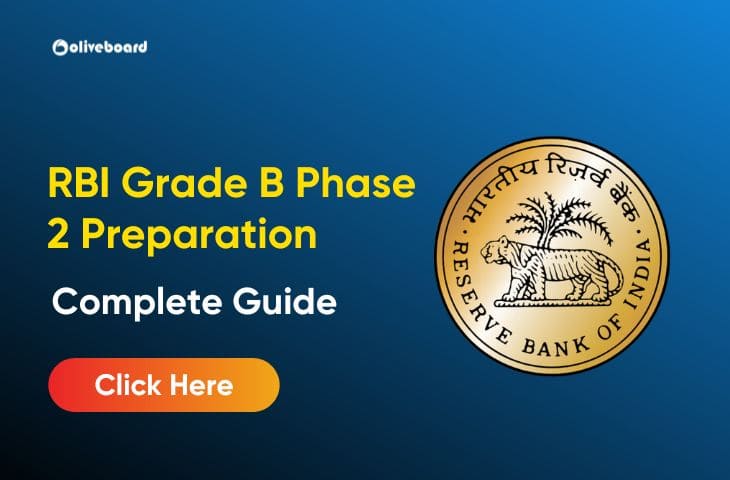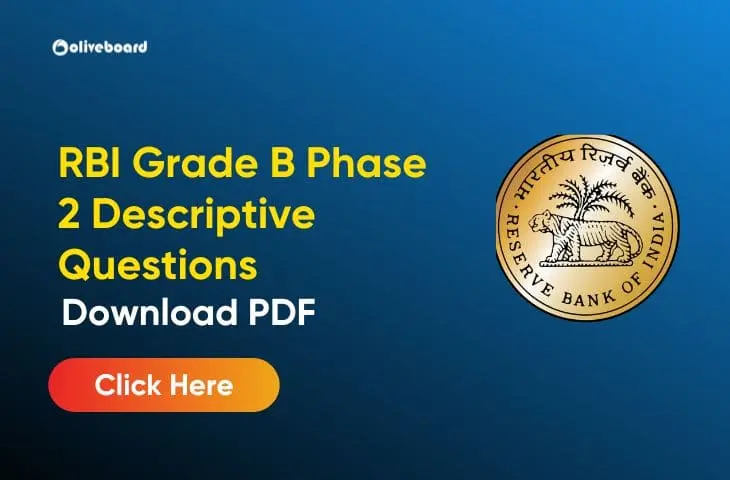Economic indicators play a vital role in understanding how a country’s economy is performing. For aspirants of the NABARD Grade A Exam, these indicators form the backbone of the Economic & Social Issues (ESI) section. A strong grasp of these concepts not only helps in objective questions but also in writing clear, analytical descriptive answers. In this blog, we will break down the key economic indicators, their formulas, and their importance for exam preparation.
Why Economic Indicators Matter for NABARD Grade A?
Before diving into formulas, it is important to know why these indicators are relevant for exams like NABARD Grade A:
- They measure growth, stability, and inflation trends.
- Many government schemes and policies are based on these data points.
- NABARD, being a development bank, closely tracks rural credit, inflation, GDP, and fiscal indicators to design policies.
Types of Economic Indicators
Economic indicators can broadly be divided into:
- Growth Indicators – GDP, GNP, National Income
- Price Indicators – CPI, WPI, Inflation
- External Sector Indicators – Balance of Payments, Current Account Deficit
- Fiscal Indicators – Fiscal Deficit, Revenue Deficit
- Employment Indicators – Unemployment Rate, Labor Force Participation
We have explained each of them below in detail:
Gross Domestic Product (GDP)
Total value of all goods and services produced within a country.
- Formula (Expenditure Method): GDP=C+I+G+(X−M)
- Use in Exams: GDP growth is one of the most common questions in NABARD Phase 1 GA section.
Gross National Product (GNP)
- Formula: GNP=GDP+(Income earned by residents abroad−Income earned by foreigners domestically)
- Why Important? Shows the income earned by residents irrespective of geography.
Consumer Price Index (CPI)
Measures inflation from the consumer’s perspective.
- Formula: CPI=((Cost of Basket in Current Year)/(Cost of Basket in Base Year))×100
- Relevance: RBI uses CPI as the main measure of inflation for monetary policy.
Wholesale Price Index (WPI)
Price index at the wholesale level.
- Formula: WPI=((Current Price of Basket)/(Base Year Price))×100
- Why it matters: Earlier, WPI was India’s primary inflation measure before CPI took over.
Inflation Rate
Percentage change in CPI or WPI compared to the previous year.
- Formula: Inflation Rate (%)=((CPIt−CPIt−1)/(CPIt−1))×100
- Example Question in Exam: “If CPI rises from 110 to 121, what is the inflation rate?”
Balance of Payments (BoP)
Record of all financial transactions with the world.
- Formula: BoP=Current Account + Capital Account + Financial Account
- Key Point: Persistent deficits may affect currency stability.
Current Account Deficit (CAD)
- Formula: CAD=Imports – Exports
- Why Asked in NABARD? India’s CAD affects foreign reserves and trade policy.
Fiscal Deficit
- Formula: Fiscal Deficit=Total Expenditure−(Revenue Receipts + Non − Debt Capital Receipts)
- Relevance: Shows government borrowing needs, a regular question in NABARD & RBI exams.
Revenue Deficit
- Formula: Revenue Deficit=Revenue Expenditure−Revenue Receipts
- Why Important? Indicates imbalance in the day-to-day income and expenses of the government.
Unemployment Rate
- Formula: Unemployment Rate=(Unemployed People/Labor Force)×100
- Exam Link: Often linked with schemes like MGNREGA in NABARD Phase 2 descriptive.
Quick Revision Table of Economic Indicators and Formulas
For quick last-minute preparation, here’s a summary table of the important economic indicators along with their formulas. This will help you revise faster for the NABARD Grade A exam.
| Indicator | Formula / Explanation |
| GDP | C + I + G + (X – M) |
| GNP | GDP + Net income from abroad |
| CPI | (Current basket / Base basket) × 100 |
| WPI | (Current price / Base price) × 100 |
| Inflation | (CPI_t – CPI_t-1) / CPI_t-1 × 100 |
| BoP | Current + Capital + Financial Account |
| CAD | Imports – Exports |
| Fiscal Deficit | Expenditure – (Revenue + Non-debt receipts) |
| Revenue Deficit | Revenue Expenditure – Revenue Receipts |
| Unemployment Rate | (Unemployed ÷ Labor Force) × 100 |
FAQs
Economic indicators help assess growth, inflation, fiscal health, and employment. These are directly asked in Phase 1 objective questions and Phase 2 descriptive answers in the Economic & Social Issues section.
The most important ones include GDP, CPI, WPI, Fiscal Deficit, Current Account Deficit, and Unemployment Rate. Candidates should also know their formulas and current values.
You can use the quick revision table of indicators and formulas provided above. It is a handy tool for last-minute preparation.
Yes, you may get simple numerical questions, like calculating inflation rate or fiscal deficit, based on given data. Knowing the formulas is very important.
You can refer to RBI’s official publications, the Ministry of Finance’s Economic Survey, and reports by NABARD for authentic data on key economic indicators.
- RBI Grade B Phase 2 ESI Descriptive Questions 2025, Download Free PDF

- RBI Grade B Phase 2 Preparation, Subject Wise Detailed Strategy

- RBI Grade B Phase 2 Descriptive Questions 2025, Download PDF

- NABARD Grade A Selection Process 2025, Check Phase 1,2 & Interview

- SEBI Grade A Selection Process 2025, Exam Structure for Phase 1 & 2

- PFRDA Grade A Eligibility 2026, Age Limit, Educational Qualification


Priti Palit, is an accomplished edtech writer with 4+ years of experience in Regulatory Exams and other multiple government exams. With a passion for education and a keen eye for detail, she has contributed significantly to the field of online learning. Priti’s expertise and dedication continue to empower aspiring individuals in their pursuit of success in government examinations.
